Mercedes-Benz S-Class Autonomous Parking: Your Complete Guide. Using your S-Class’s advanced parking assist system is simple and stress-free. Master the steps to park perfectly every time, saving you time and worry.
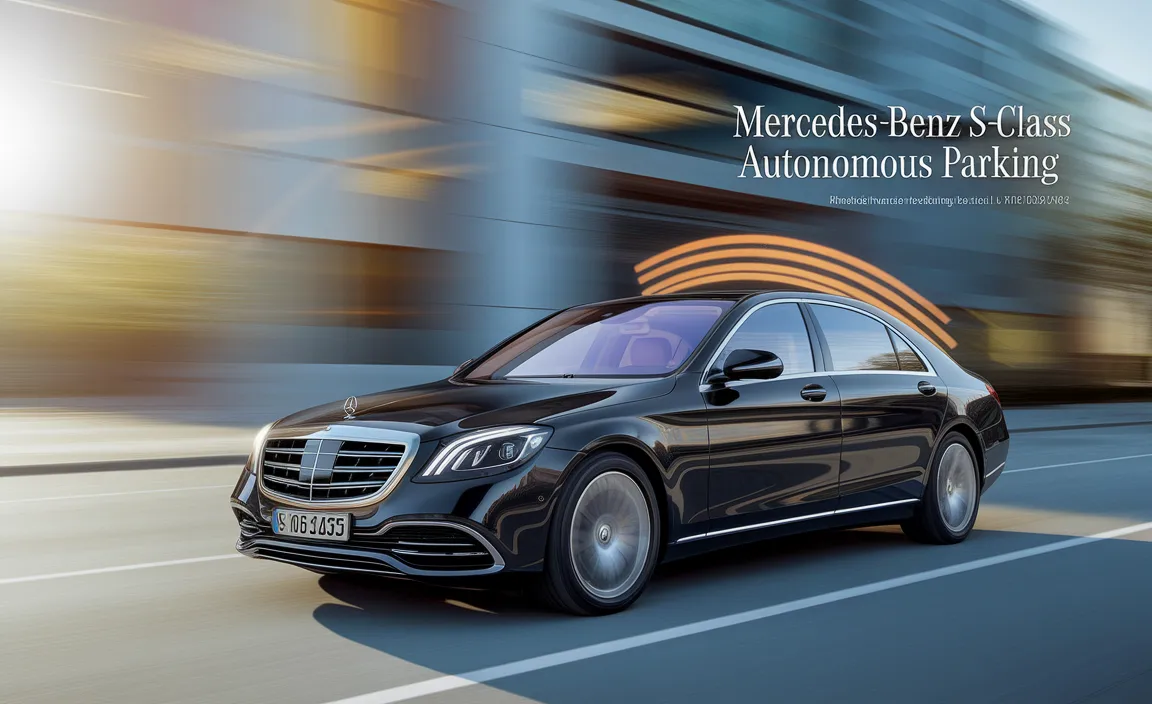
Ever found yourself circling the block, desperately searching for a parking spot, only to shy away from a tight space? We’ve all been there. Parking, especially in busy urban areas, can be a real headache. But what if your luxurious Mercedes-Benz S-Class could handle it for you? Good news – it can! The S-Class boasts some of the most sophisticated autonomous parking technology available, designed to make this common chore a breeze.
This guide is here to demystify the process. You don’t need to be a tech wizard to use these amazing features. We’ll walk you through exactly how to engage and utilize your S-Class’s parking assist system, ensuring you can park with confidence and ease. Let’s get your S-Class parking itself!
Understanding Mercedes-Benz S-Class Autonomous Parking
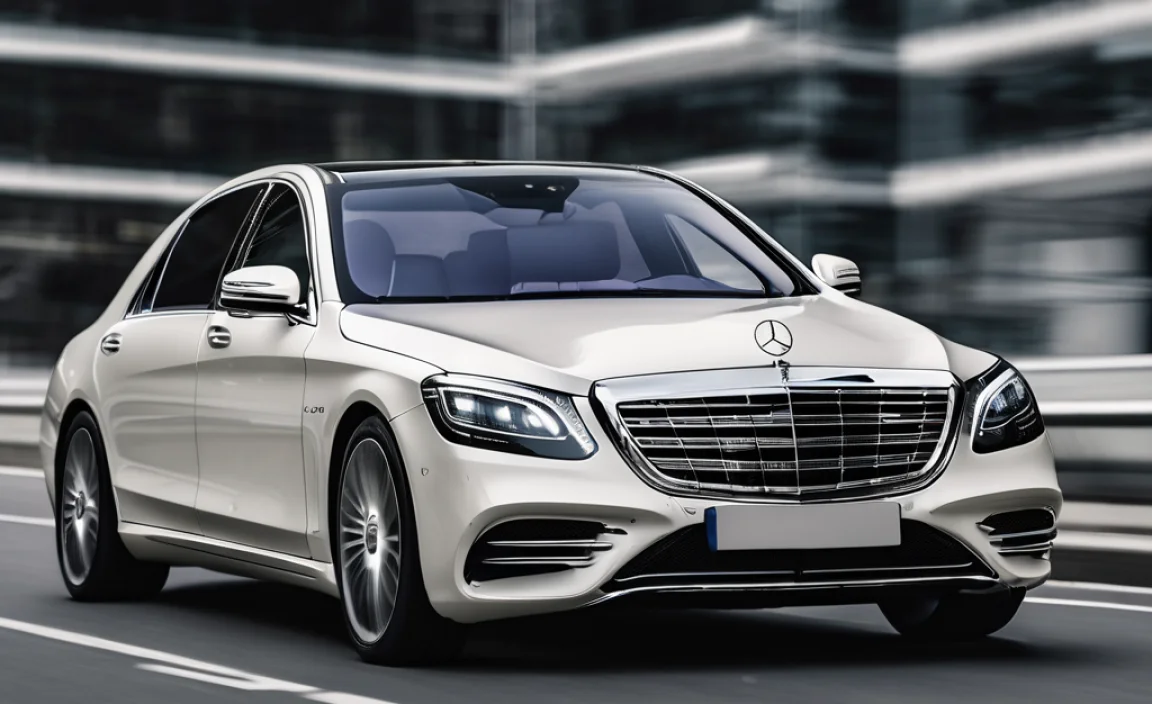
The Mercedes-Benz S-Class is renowned for its cutting-edge technology, and its autonomous parking capabilities are a prime example. This isn’t just about making parking easier; it’s about enhancing safety, convenience, and the overall luxury driving experience. These systems are designed to detect suitable parking spaces and maneuver the vehicle into them with minimal (or no) driver intervention.
Think of it as having an extra set of incredibly precise eyes and hands helping you navigate tricky spots. The technology utilizes a suite of sensors, cameras, and advanced computer systems to accurately measure spaces, control the steering, and manage acceleration and braking. It’s a truly remarkable feat of engineering, aimed at removing one of the most stressful aspects of driving.
How Does It Work? The Technology Behind the Magic
It might seem like magic, but it’s all thanks to sophisticated sensors and cameras working in harmony. Your S-Class is equipped with:
- Ultrasonic Sensors: Strategically placed around the vehicle, these sensors emit sound waves and measure the time it takes for them to bounce back. This allows the car to determine the distance to nearby objects, including other vehicles and curbs.
- Surround-View Cameras: Multiple cameras provide a 360-degree view of the vehicle’s surroundings, feeding images to the car’s central computer. This helps the system “see” the parking space and identify any obstacles.
- Advanced Actuators: These are the components that physically control the steering, braking, and acceleration. Once the system identifies a space and you give the green light, these actuators take over.
- Intelligent Software: The “brain” of the system analyzes all the data from the sensors and cameras, calculates the perfect trajectory, and commands the actuators to execute the maneuvers smoothly and safely.
This integrated system allows the S-Class to handle both parallel and perpendicular parking situations with impressive accuracy. For more in-depth information on the sensor technology used by Mercedes-Benz, you can refer to resources like the Federal Motor Vehicle Safety Standards, which often touch upon the underlying sensor requirements for vehicle safety systems.
Engaging Autonomous Parking in Your S-Class: A Step-by-Step Guide
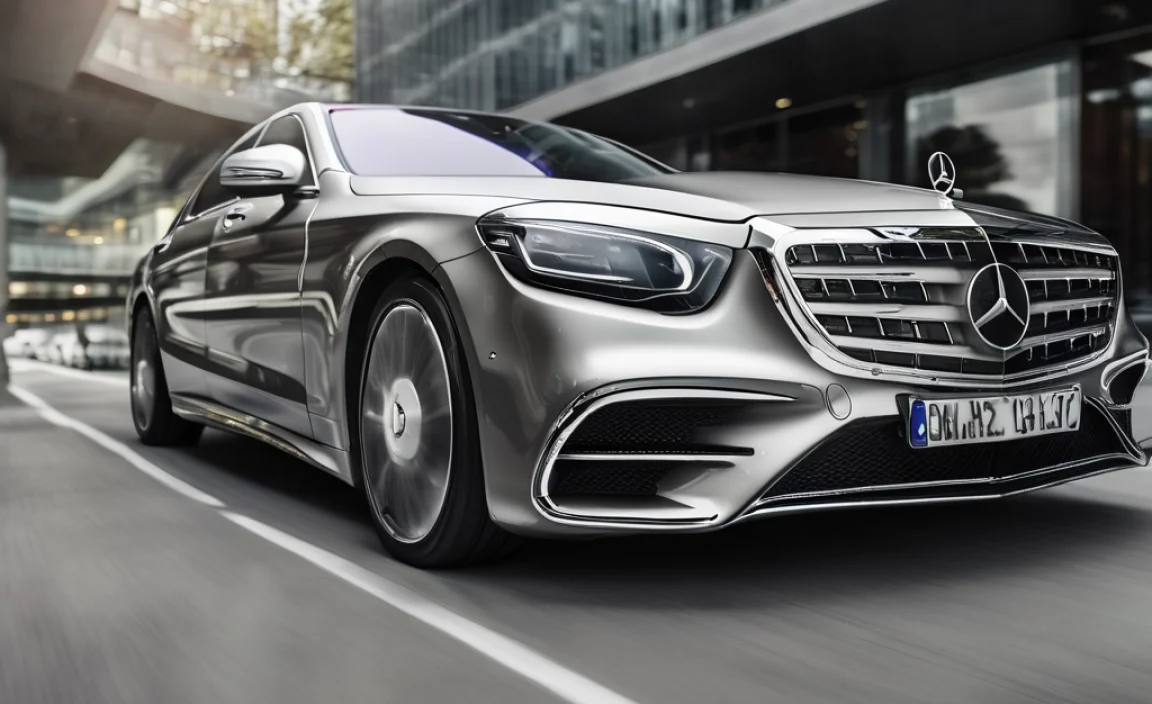
Ready to let your S-Class do the work? Engaging the autonomous parking system is straightforward. Most S-Class models with this feature utilize the PARKTRONIC system, often enhanced with Active Parking Assist.
Step 1: Activate PARKTRONIC and Search for a Space
First, ensure your vehicle is moving at a low speed, typically under 30 km/h (about 18 mph), and that PARKTRONIC is active. You’ll usually see a PARKTRONIC button on your center console. Pressing this button activates the parking sensors and initiates the search for suitable parking spots.
As you drive slowly along the side of the road, the system actively scans for available parking spaces. The parking spaces it identifies will be indicated on your dashboard display or infotainment screen.
Step 2: Select Your Desired Parking Space
Once the system detects a suitable space (it will indicate this on your display, often with an arrow and the letter ‘P’), you need to signal your intention to park. This is usually done by using your turn signal on the side of the space you wish to enter.
For parallel parking, you’ll typically signal to the right if the space is on the right side of the road, or to the left if it’s on the left. For perpendicular parking, the process is similar – signal in the direction of the parking bay.
Step 3: Confirm and Initiate the Parking Maneuver
The vehicle will then display a prompt on your COMAND infotainment screen, asking you to confirm if you want to park in the selected space. You’ll need to accept this prompt.
After confirmation, the system will typically tell you to shift to Drive (D) or Reverse (R), depending on the type of parking. Crucially, you must then release the brake pedal. The car will begin to steer itself into the space. Some systems may also prompt you to control the accelerator pedal, while others manage speed automatically. Always be prepared to take over.
Step 4: Monitor and Take Control if Needed
While the S-Class’s autonomous parking system is highly advanced, you are still the driver and always in ultimate control. Keep your foot near the brake pedal and be prepared to apply it if you see any issues or if the car prompts you to do so. The system will often display visual cues and audible warnings to guide you.
The system will automatically maneuver the car into the parallel or perpendicular spot. Once the parking maneuver is complete, the system will notify you, usually with a message on the instrument cluster and a sound. You can then shift into Park (P).
Types of Autonomous Parking Available
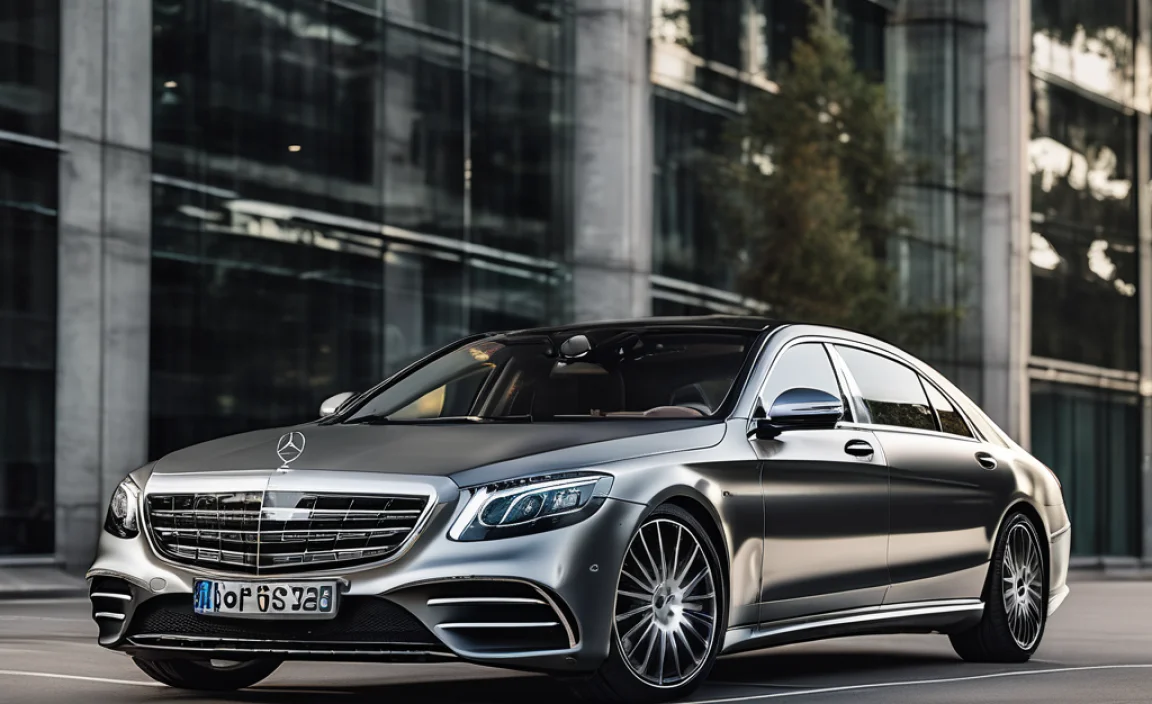
Mercedes-Benz offers sophisticated parking systems that cater to different needs and driving scenarios. The exact terminology and features can vary slightly depending on the model year and specific S-Class variant, but the core functionalities remain consistent.
Active Parking Assist (APA)
This is the primary system for automated parking. APA can search for and maneuver the vehicle into parallel and perpendicular parking spaces. It handles the steering, and in many cases, also controls the acceleration and braking.
APA systems are designed to:
- Automatically identify suitable parking spaces.
- Steer the vehicle into the selected space.
- Control speed and braking to avoid collisions.
- Provide instructions to the driver for gear selection and activation.
Remote Parking Assist (Optional in some models)
For even greater convenience, some S-Class models offer Remote Parking Assist. This allows you to park your car using your smartphone via a dedicated Mercedes-Benz app. This is particularly useful in very tight parking spots where opening the doors might be difficult.
With Remote Parking Assist:
- You can exit the vehicle before parking it.
- Use your smartphone to guide the car into or out of a parking space.
- The car maneuvers itself, with you overseeing the process via the app.
PARKTRONIC with Parking Guidance
Even if your S-Class doesn’t have full Active Parking Assist, the PARKTRONIC system provides significant parking support. It uses sensors to detect obstacles and provides audible and visual warnings. Parking Guidance offers graphical assistance on the display, showing you the best steering path to maneuver into a space yourself.
Key Differences: Parallel vs. Perpendicular Parking
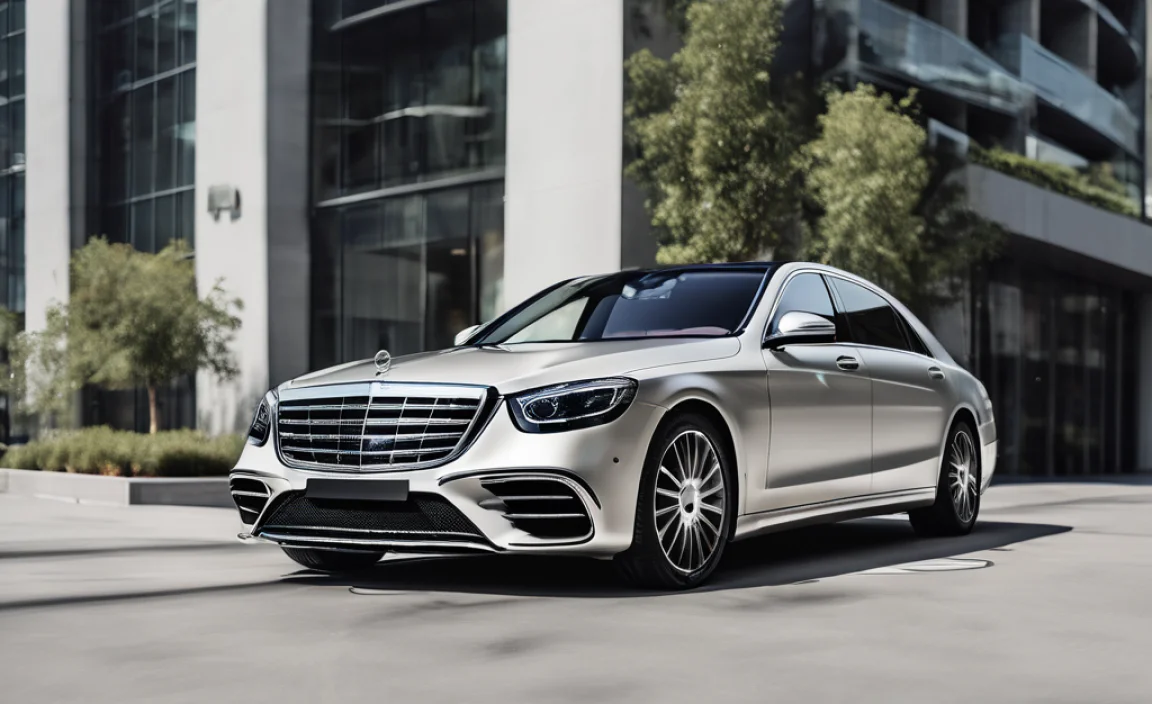
The autonomous parking system in your S-Class is versatile enough to handle both common parking types. Here’s how it typically works for each:
Parallel Parking
This is where autonomous parking often shines the brightest, as it’s notoriously difficult for many drivers. The system is designed to precisely guide your S-Class into spaces between two parked cars.
- Space Detection: The system will identify a parallel space that is long enough for your S-Class. It usually requires the space to be at least 1.2 times the length of your vehicle for safe maneuvering.
- Maneuvering: Once activated, the vehicle will usually automatically steer into the space in a series of precise movements, managing forward and backward motion.
Perpendicular Parking
For parking bays in car parks or on the street, the autonomous system can also guide your S-Class in, typically reversing into the space.
- Space Detection: The system will identify an empty bay that is wide enough.
- Maneuvering: It will typically steer the vehicle into the bay in reverse, ensuring it’s centered and aligned correctly.
The precision of these systems is remarkable, often resulting in a perfectly centered vehicle. To ensure the system can function optimally, it’s important that the roads and parking areas are well-maintained, without significant potholes or uneven surfaces that might confuse the sensors.
When to Use Autonomous Parking (And When Not To!)
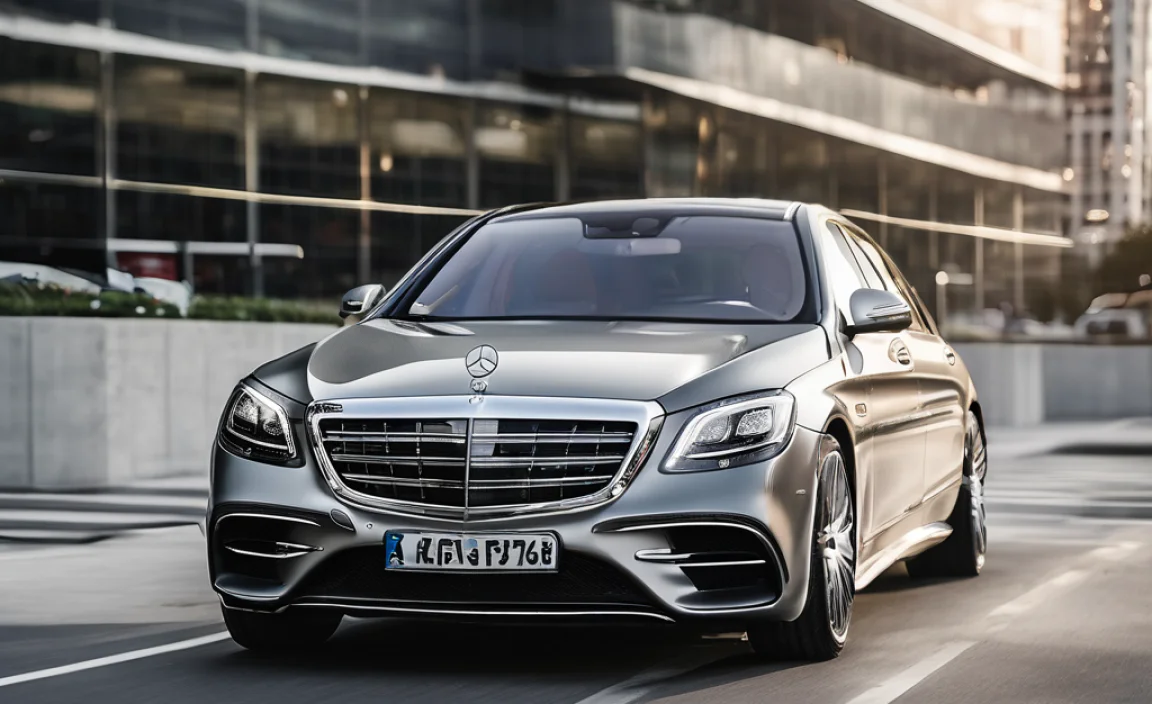
While incredibly useful, autonomous parking systems are tools, not infallible robots. Understanding their limitations is key to safe and effective use.
Ideal Scenarios for Autonomous Parking:
- Tight Parallel Parking Spots: When you find a spot that looks just big enough, and you’re not feeling confident.
- Busy City Streets: To quickly and safely secure a spot without holding up traffic.
- Unfamiliar Parking Lots: When you’re not sure of the bay dimensions or your own maneuvering skills.
- When Rushed: To save precious minutes and reduce stress.
- Demonstrating Technology: To show off the impressive capabilities of your S-Class!
Situations to Avoid or Use with Extreme Caution:
- Poorly Marked or Faded Lines: If sensors or cameras can’t clearly see the parking lines, the system might struggle.
- Steep Inclines/Declines: While some systems can handle moderate slopes, very steep gradients can pose challenges.
- High Traffic or Pedestrian Areas: Always prioritize safety. If there’s constant movement or uncertainty, manual parking under your direct control is safer.
- Obstacles Obscured from Sensors: Very low-lying objects (like small concrete blocks) or newly placed items might not be detected.
- When the System Gives Warnings: If the car is signaling an issue or asking you to take control, heed its warnings immediately.
- Surface Issues: Significant potholes, loose gravel, or icy surfaces can affect sensor readings and the car’s ability to maneuver safely.
Always remember that the ultimate responsibility for safe parking lies with you, the driver. The autonomous system is an aid.
Maintaining Your S-Class Parking Sensors and Cameras
For your autonomous parking system to work flawlessly, the sensors and cameras need to be in good condition. Regular checks and cleaning are essential.
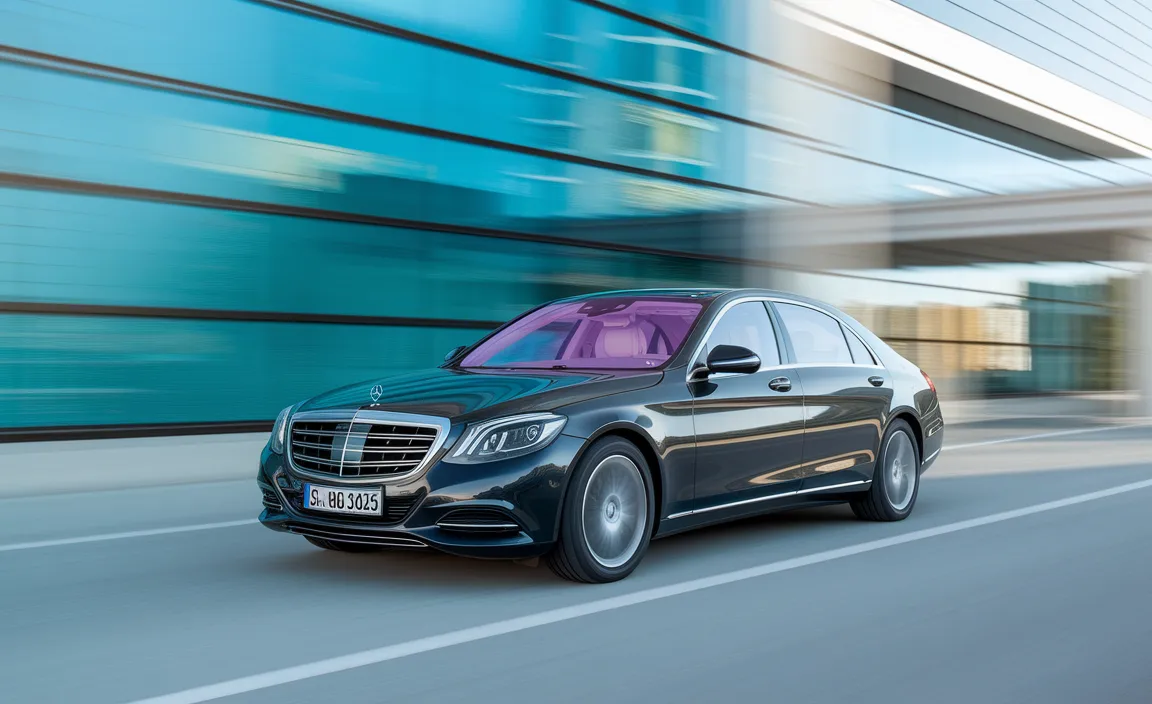
Cleaning the Sensors and Cameras
The ultrasonic sensors are typically located in the front and rear bumpers, and sometimes the side skirts. The cameras are usually integrated into the grille, mirrors, or tailgate.
- Gentle Cleaning: Use a soft, lint-free cloth (like a microfiber cloth) and a mild soap and water solution.
- Avoid Abrasives: Never use harsh chemicals, abrasive cleaners, or stiff brushes, as these can scratch or damage the sensor surfaces or camera lenses.
- Regularity: Clean them regularly, especially after driving in dirty conditions, rain, snow, or mud.
Checking for Damage
Visually inspect the sensors and camera lenses for any cracks, dents, or significant scuffs. Physical damage can impair their functionality and may require professional repair or replacement.
If you notice consistent errors or the parking assist system not functioning correctly despite clean sensors, it’s best to consult your owner’s manual or a qualified Mercedes-Benz technician. For general vehicle maintenance insights, including sensor care, the National Highway Traffic Safety Administration (NHTSA) website offers valuable guidance on automotive safety systems.
Troubleshooting Common Parking Assist Issues
While the system is generally reliable, occasional glitches can occur. Here are a few common issues and what you can do:
Issue: System Not Activating or Searching for Spaces
- Possible Cause: PARKTRONIC is switched off, speed is too high, or sensors are dirty/obstructed.
- Solution: Ensure PARKTRONIC is on, reduce vehicle speed, and clean all sensors and cameras. Re-engage the search.
Issue: Incorrect Space Detection or Rejection
Possible Cause: Space is too small, too large, poorly marked, or has unusual objects.
- Solution: Manually assess the space. The system might be overly cautious. Try another space or park manually.
Issue: System Stops Mid-Maneuver or Prompts Driver Takeover
Possible Cause: An unexpected obstacle, a change in road surface, or a system limitation.
- Solution: Immediately take control of the steering and brakes. Assess the situation and either restart the maneuver or park manually.
Issue: Error Message on Dashboard
Possible Cause: A more serious system malfunction, sensor fault, or calibration issue.
- Solution: Refer to your owner’s manual for the specific error code. If persistent, a visit to a Mercedes-Benz service center is recommended. Self-calibration might be possible for minor issues after sensor cleaning, but complex issues require professional attention.
Most modern vehicles, including the S-Class, have self-diagnostic capabilities. When you start the car, it often performs a check of its systems. If a fault is detected in the parking assist, it will usually be indicated on your dashboard.
When to Seek Professional Help
While this guide empowers you to understand and use your autonomous parking system, some situations require professional expertise:
- Persistent Warning Lights: If an error message related to parking assist doesn’t clear after cleaning sensors and restarting the vehicle.
- Physical Damage: Any visible cracks or damage to sensors, cameras, or bumpers.
- System Malfunctioning Repeatedly: If the system consistently fails to detect spaces, parks inaccurately, or frequently requests driver intervention without apparent cause.
- After an Accident: Even minor bumps can misalign sensors or damage components, necessitating a professional check.
A certified Mercedes-Benz technician has the specialized tools and knowledge to diagnose and repair complex issues, ensuring your parking assist system functions safely and as intended.
Frequently Asked Questions (FAQ)
Q1: Can I use autonomous parking in very tight spaces?
A1: The system is designed for tight spaces, but it has limitations. It requires sufficient clearance for maneuvering. Always check the on-screen prompts and be ready to take control if the space proves too challenging.
Q2: Does the S-Class park itself completely, or do I need to do anything?
A2: You initiate the process and must approve the parking space. You’ll also need to select the correct gear (Drive or Reverse) and monitor the maneuver, being ready to brake. In some advanced systems, you might control acceleration, but the steering is automatic.
Q3: What happens if I accidentally touch the steering wheel or pedals during autonomous parking?
A3: Typically, any input from the driver on the steering wheel or pedals will override the autonomous system and prompt you to take full control.
Q4: How does the system detect obstacles?
A4: It uses a combination of ultrasonic sensors and cameras to identify objects around the vehicle, including other cars, curbs, walls, and pedestrians. It’s designed to stop if an impending collision is detected.
Q5: Can I use this system in the snow or rain?
A5: Yes, the system is designed to operate in various weather conditions. However, heavy snow or rain can sometimes reduce sensor effectiveness. If you notice reduced performance, proceed with caution and be prepared to park manually.
Q6: Is autonomous parking safer than manual parking?
A6: When used correctly and within its capabilities, autonomous parking can enhance safety by reducing human error, especially in difficult maneuvers. However, driver vigilance is always paramount.
Q7: How do I update the parking assist software?
A7: Software updates are typically performed by a Mercedes-Benz dealership during routine servicing or may be delivered over-the-air (OTA) for some models. Check your vehicle’s infotainment settings or consult your dealer for OTA update capabilities.
Conclusion
The autonomous parking features in your Mercedes-Benz S-Class are a testament to automotive innovation, designed to transform a common driving stressor into a moment of effortless luxury. By understanding how the sensors and cameras work, following the simple steps to engage the system, and being aware of its capabilities and limitations, you can confidently let your S-Class handle the parking for you.
Remember to keep the sensors and cameras clean, and never hesitate to take manual control if you feel the situation warrants it. This technology is an incredible aid, enhancing your driving experience with safety and convenience. So, the next time you’re faced with a tight spot or a busy parking lot, relax, engage the Active Parking Assist, and enjoy the sophisticated dance of your S-Class parking itself perfectly.